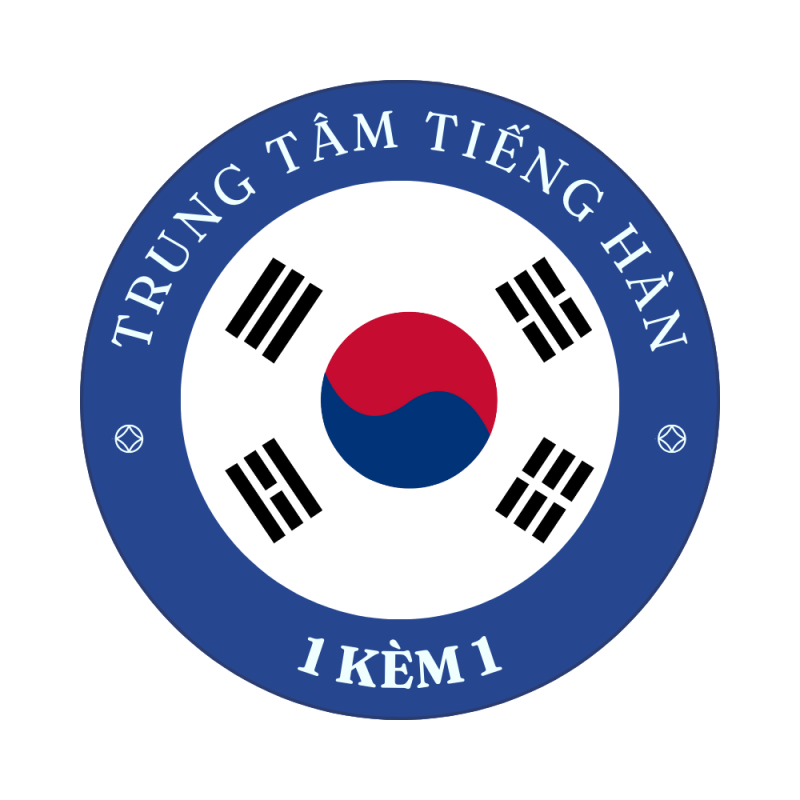The car troubleshooting sector is undergoing rapid expansion, driven by advancements in technology. Valued at $40.51 billion in 2024, the market is projected to reach $55.93 billion by 2029, reflecting a compound annual growth rate (CAGR) of 7.0%.
—
## Industry Analysis and Market Forecasts
### Current State and Influencers https://diagxcar.com/
The car troubleshooting equipment market is propelled by rising automotive intricacy, particularly in safety technologies and electric powertrains. Stringent global emission regulations further mandate accurate analysis to ensure compliance.
—
## Advancements in Technology Reshaping Diagnostics
### AI-Driven Systems
Machine learning systems are overcoming traditional limitations like human error and unreliable judgments. Systems like Cloud-based predictive tools use cognitive models to analyze sensor data, reducing service time by 30% through advance notifications for components like engines and batteries.
—
## Effects of EVs and AVs
### EV-Specific Diagnostic Challenges
Electric vehicle analysis require customized equipment for high-voltage systems. Tools like X-431 Throttle V offer large data capacity and high-resolution screens to handle sophisticated metrics from lithium-ion batteries. Solar-integrated EVs, such as Innovative electric vehicles, further necessitate tools for observing photovoltaic arrays and power management.
—
## Area-Specific Sector Insights
### North America and Europe
These regions lead due to established automotive industries and high adoption of advanced vehicle systems. The CHIPS Act has spurred $52 billion in semiconductor investments critical for EV diagnostics, while the European data protection regulations mandates safe data processing in cloud-based systems.
—
## Hurdles and Constraints
### Innovation and Cost Challenges
High initial costs for high-tech systems, such as machine learning diagnostic tools priced over $5,000, limit small-scale adoption. Quickly outdated technology forces regular updates, straining budgets for independent workshops.
—
## Upcoming Innovations and Possibilities
### Immersive Solutions
AR glasses overlay repair instructions onto physical components, reducing service time by 35%. Ford’s VR simulators train technicians on battery-powered car solutions, enhancing learning efficiency by 50%.
—
## Final Analysis
The car troubleshooting industry stands at a pivotal juncture, where AI, smart car solutions, and sustainability converge to redefine vehicle maintenance. While obstacles like information security threats and workforce shortages persist, strategic investments in cloud infrastructure and joint research and development—such as NVIDIA’s partnerships with other industry leaders—will drive sector success. Stakeholders must prioritize adaptable technologies, ensuring analysis evolve in lockstep with automotive innovation to deliver safer, cost-effective, and sustainable transportation systems.
